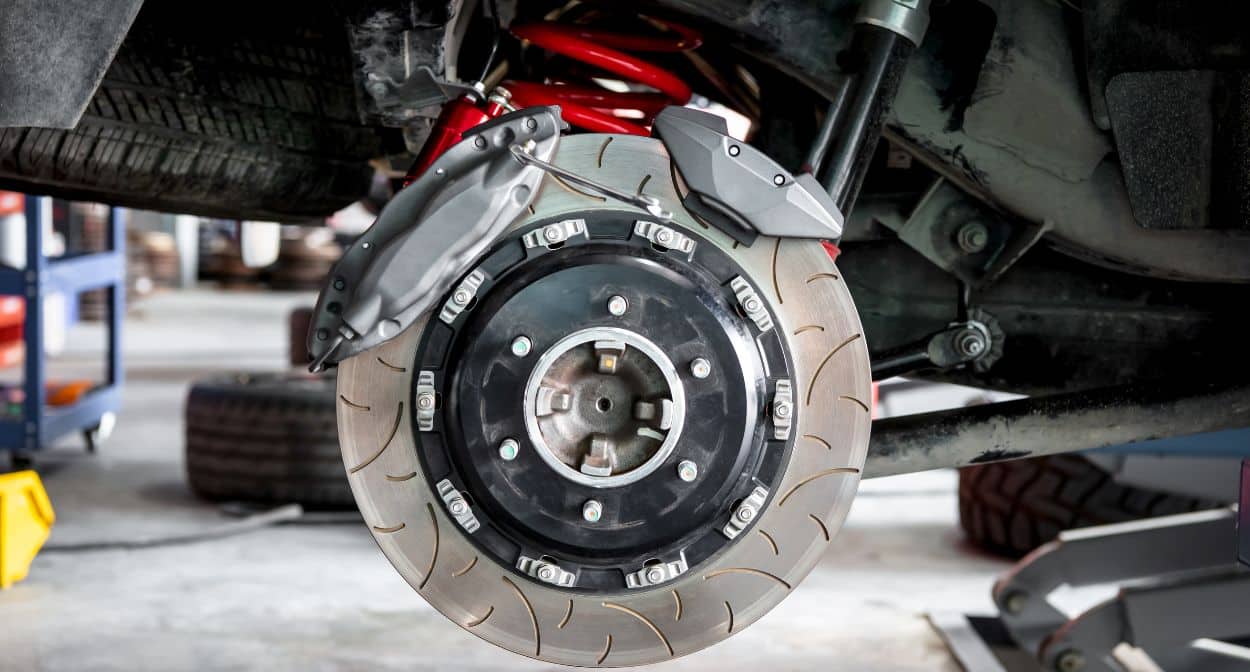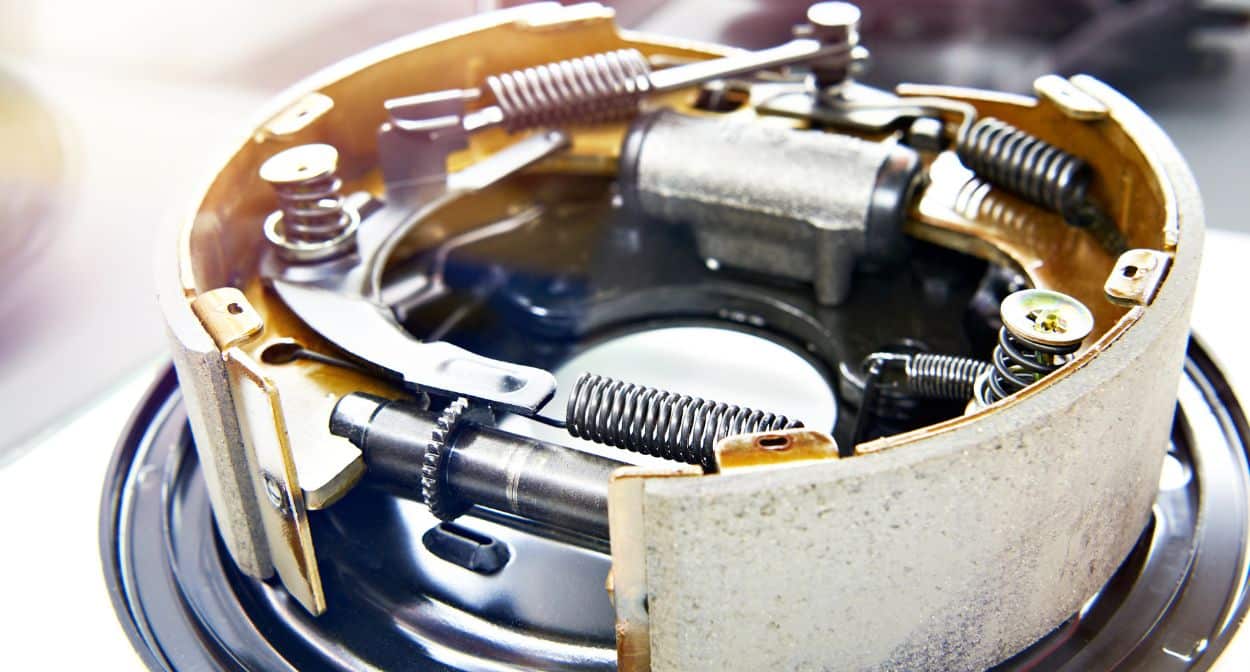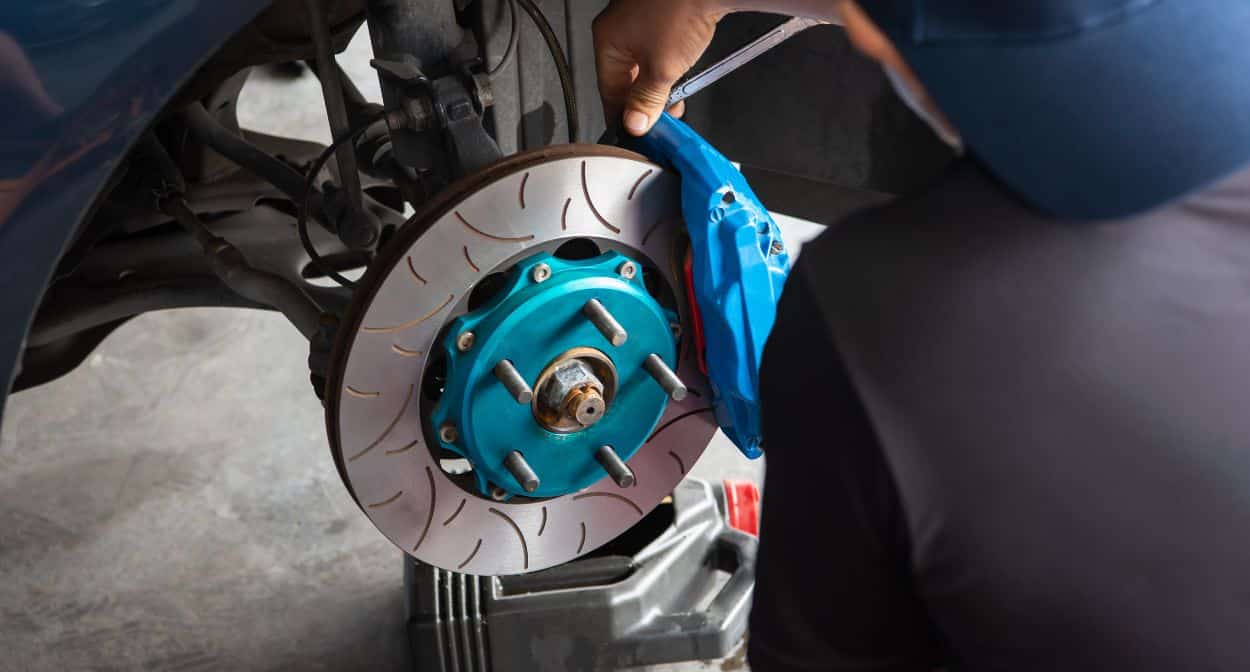Choosing between disc and drum brakes depends on various factors, including driving conditions, budget, and performance expectations. While many modern vehicles have transitioned to using disc brakes for improved stopping power, drum brakes still have their place, especially in budget-friendly and certain industrial applications. This article explores the key differences, benefits, and drawbacks of both braking systems to help you determine the best option for your needs.
How Disc Brakes Work

Pros of Disc Brakes
- Better Heat Dissipation – Disc brakes are exposed to air, which helps dissipate heat more efficiently, reducing the chances of brake fade.
- Superior Stopping Power – Disc brakes provide stronger and more consistent braking force, making them ideal for high-performance and heavy vehicles.
- More Effective in Wet Conditions – Water can easily escape from the rotor surface, making disc brakes more reliable in rainy or wet conditions.
- Less Maintenance – Since they self-clean to some extent, disc brakes require less frequent maintenance compared to drum brakes.
- Improved Durability – Disc brake components, especially high-quality rotors and pads, tend to last longer than drum brake components under similar conditions.
Cons of Disc Brakes
- Higher Cost – Disc brakes are generally more expensive to manufacture, install, and replace.
- Increased Wear on Brake Pads – The higher friction levels result in faster wear on brake pads, requiring more frequent replacements.
- More Complex System – The hydraulic and mechanical components of disc brakes can be more challenging to repair and replace than drum brakes.
How Drum Brakes Work

Drum brakes consist of a drum attached to the wheel hub. Inside the drum, brake shoes press outward against the drum’s inner surface when the brake pedal is applied, generating friction to slow down the vehicle. While not as common on front wheels, drum brakes are still widely used on rear wheels in many vehicles due to their cost-effectiveness.
Pros of Drum Brakes
- Lower Cost – Drum brakes are cheaper to manufacture and maintain, making them a cost-effective option.
- Longer-Lasting Brake Shoes – Since drum brakes provide a larger friction surface, brake shoes tend to wear out more slowly compared to disc brake pads.
- Compact Design – The enclosed structure allows manufacturers to integrate parking brakes within the drum system, eliminating the need for additional hardware.
- Better for Holding Vehicles in Place – Drum brakes have a self-energizing mechanism that helps hold vehicles in place more effectively, which is why they are commonly used for parking brakes.
Cons of Drum Brakes
- Poor Heat Dissipation – Since drum brakes are enclosed, heat buildup can occur, leading to brake fade and reduced performance over time.
- Less Effective in Wet Conditions – Water and moisture can get trapped inside the drum, reducing braking efficiency.
- Weaker Stopping Power – Drum brakes provide less stopping power and slower response times, making them less effective for high-performance or heavy vehicles.
- More Frequent Maintenance – The enclosed design can lead to dirt and debris buildup, requiring more frequent cleaning and maintenance.
Which Brake System is Better?

- For High-Performance Vehicles: Disc brakes are the better option due to their superior stopping power and heat dissipation.
- For Everyday Commuting: Many budget-friendly and economy cars use a combination of disc brakes in the front and drum brakes in the rear to balance cost and performance.
- For Heavy-Duty Vehicles: Disc brakes are preferred for towing and heavy loads due to their consistent performance under high stress.
- For Cost Savings: Drum brakes are more affordable, making them a practical choice for budget-conscious buyers who do not require high-performance braking.
Conclusion
Both disc brakes and drum brakes serve important roles in vehicle safety, and choosing the right system depends on your driving needs and budget. Disc brakes provide superior stopping power, better heat dissipation, and more reliability in wet conditions, making them the preferred choice for most modern vehicles. However, they come at a higher cost and require more frequent pad replacements. On the other hand, drum brakes are cost-effective, long-lasting, and well-suited for certain applications, especially in rear-wheel setups of budget-friendly vehicles.
Understanding the strengths and limitations of both systems allows drivers to make informed decisions about their vehicle’s braking performance. Whether you prioritize cost savings, durability, or high-performance braking, selecting the right braking system is crucial for ensuring safety and optimal driving experience. If you’re considering upgrading your brakes, consulting with a professional brake mechanic can help you determine the best option for your specific needs.

 Leon Hockett
Leon Hockett